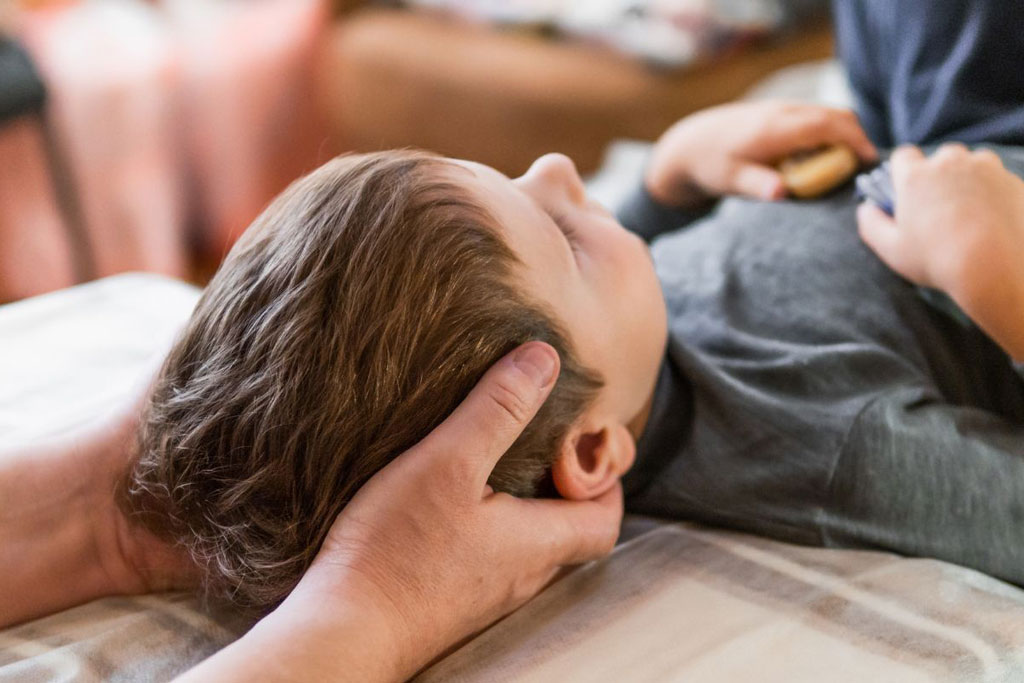
09 Oct FAQs About Massages for Children
Massage therapy involves the manipulation of soft tissues and is a practice that helps various populations, including children. Pediatric massage is a specialized field adapted to the needs of a developing child. This approach uses specific techniques to address a range of circumstances that are unique to younger individuals. Here are some frequently asked questions about massages for children:
What Conditions Do Massages Help?
Certain health conditions in children may be addressed with massage therapy, which is sometimes integrated into a broader care plan. These conditions include juvenile rheumatoid arthritis, dermatitis, and asthma. This treatment is also helpful for children who experience muscle soreness or stiffness that is related to sports and other physical activities.
Some practitioners apply techniques for children with neurological conditions or for those managing symptoms associated with anxiety. The application of massage can fit each child’s specific situation and health profile. It is helpful to consult with a qualified healthcare professional to make sure the massage approach is safe and appropriate for the child’s individual needs.
How Does it Provide Relief?
Massage therapy provides a mechanism for physical relief through several actions. Gentle pressure on the muscles may reduce tightness and discomfort, and this process can also stimulate circulation. When a trained specialist applies specific strokes, the nervous system receives sensory input that may interrupt pain signals. The structured touch from a session may lead to a decrease in the levels of stress hormones, such as cortisol, within the body. This physiological response may contribute to a state of relaxation.
Are Deep Tissue Massages OK?
Deep tissue massage may not be recommended for young children. A child’s musculoskeletal system is still developing, so the intense pressure of this treatment might be inappropriate. Specialized pediatric massage uses lighter, more gentle strokes that are adjusted to a child’s frame. If a child has significant muscle tension, a therapist may use focused pressure on specific points, but this is different from a conventional deep tissue massage.
Therapists trained in pediatric practices understand the anatomical and physiological differences between children and adults, and they apply this knowledge to effectively support children’s health. They adjust their techniques accordingly to provide a safe and comfortable experience. The pressure applied varies according to the child’s age, size, and comfort level.
Effective communication among the therapist, child, and parent is a key component of the session. The child is encouraged to provide feedback about their comfort, and the therapist will immediately adjust the pressure if any discomfort is expressed. This creates a secure environment, and it allows the child to be in control of the experience.
Are There Developmental Improvements?
Some studies suggest a connection between pediatric massage and certain developmental improvements. Massage may enhance body awareness, which is a child’s sense of their body’s position in space. This practice could also perform the following:
- Develop motor skills
- Improve muscle tone
- Promote coordination
As the therapist works on different parts of the body, the child receives tactile stimulation that contributes to sensory integration.
Schedule a Massage Today
Massage offers a structured approach to supporting a child’s physical well-being. A consultation with a qualified specialist can provide more information customized to your child’s specific needs. If you are interested in exploring this option, book an appointment with a spine specialist to discuss a suitable plan.

No Comments